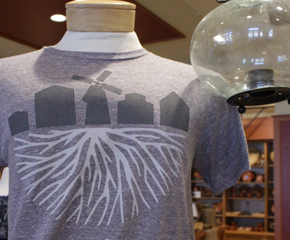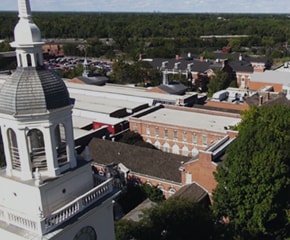Bicycle Coaster Brake, 1930-1950
Add to SetSummary
Ineffective early bicycle brakes led to runaway cycles that imperiled the rider and pedestrians. The coaster brake, first used in the late 1890s, allowed riders to stop pedaling and coast safely -- and, by applying backward pressure on the pedal, engage the brake drum in the wheel hub to let bike and rider come to a controlled stop.
Ineffective early bicycle brakes led to runaway cycles that imperiled the rider and pedestrians. The coaster brake, first used in the late 1890s, allowed riders to stop pedaling and coast safely -- and, by applying backward pressure on the pedal, engage the brake drum in the wheel hub to let bike and rider come to a controlled stop.
Artifact
Bicycle brake
Date Made
1930-1950
Creators
Place of Creation
United States, Connecticut, Bristol
United States, New York, Elmira
Creator Notes
Designed and patented by Alexander P. Morrow of Elmira, New York; made by the New Departure Company in Bristol, Connecticut.

On Exhibit
at Henry Ford Museum in Collections Gallery
Object ID
00.4.3862
Credit
From the Collections of The Henry Ford.
Material
Steel (Alloy)
Color
Silver (Color)
Dimensions
Height: 5.875 in
Width: 3.625 in
Inscriptions
Impressed on arm: MORROW COASTER / AND BRAKE / PATENTED / MADE IN U.S.A.





